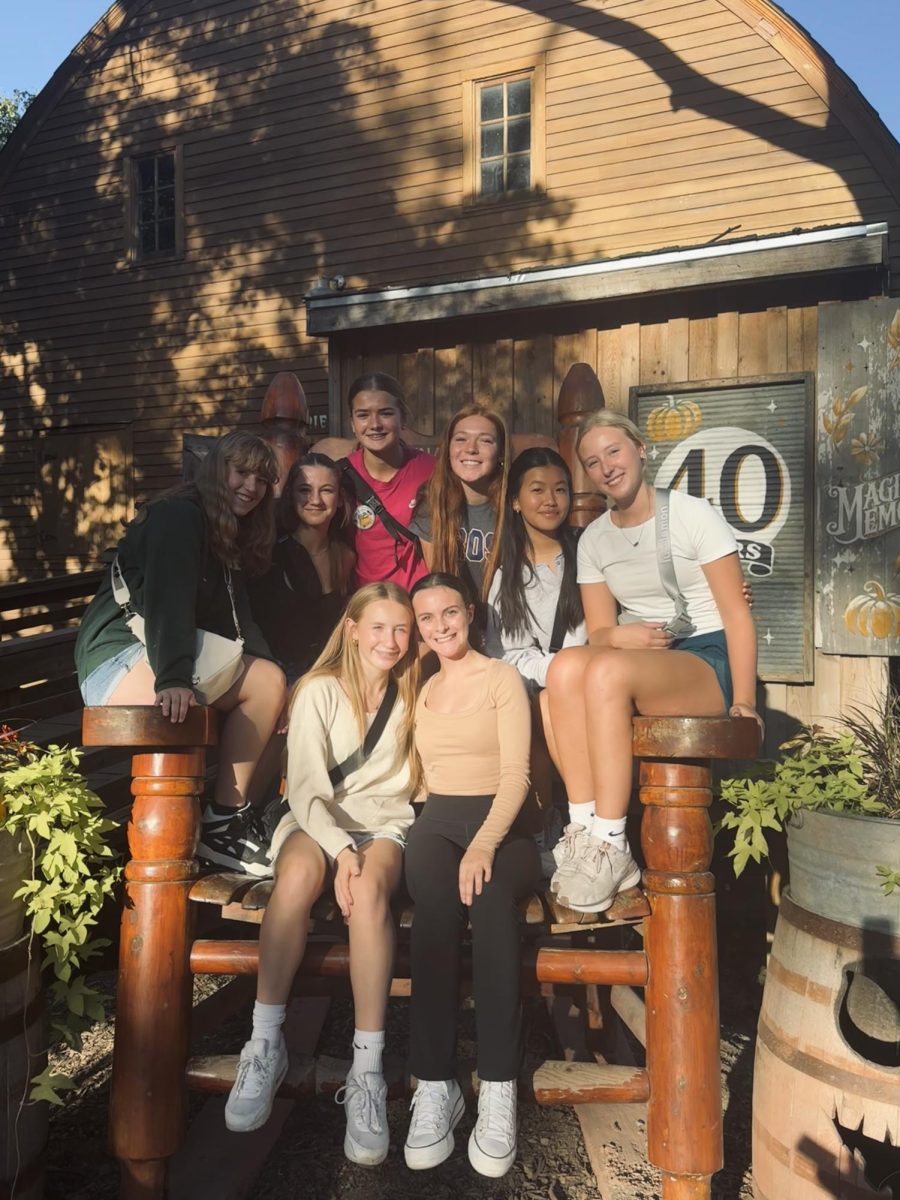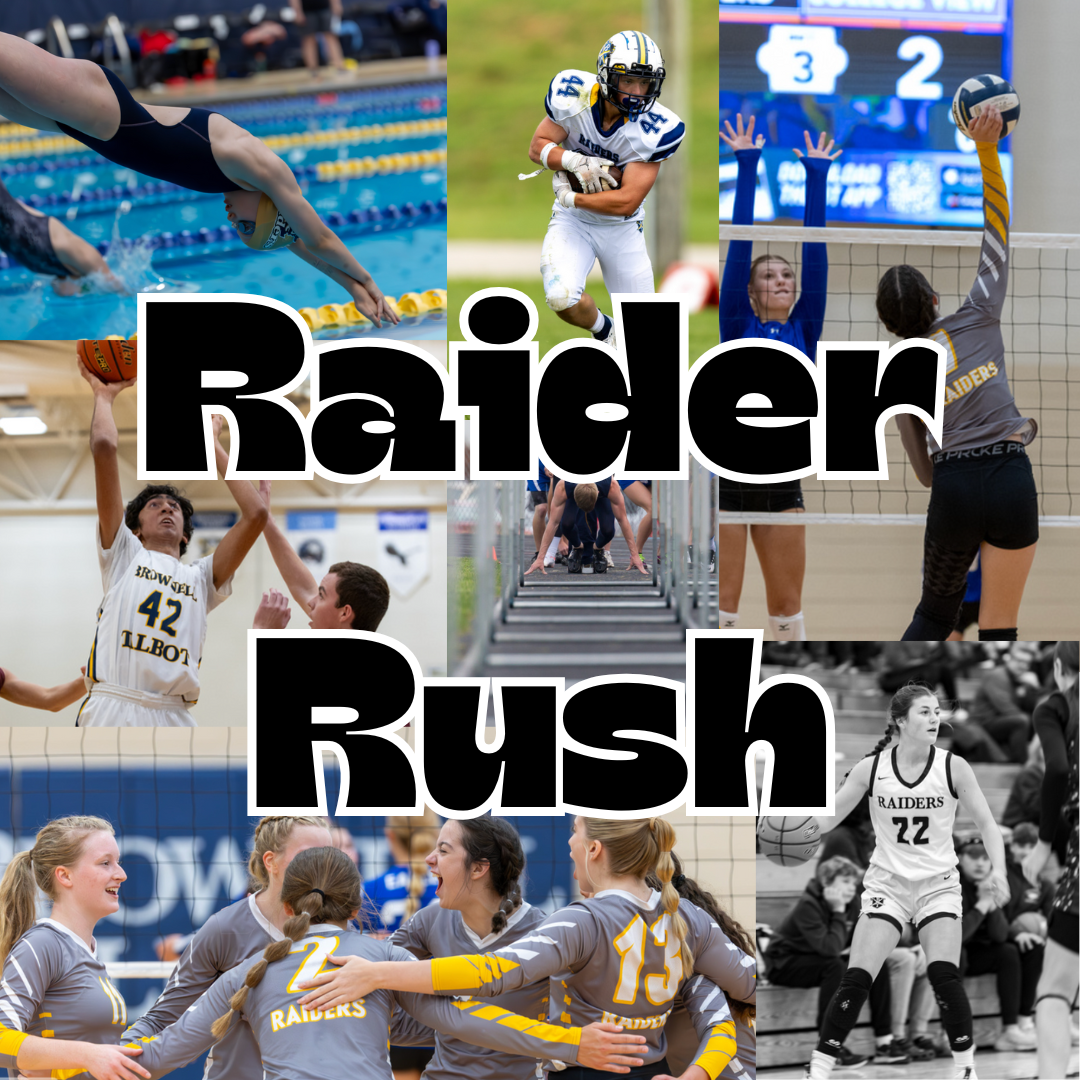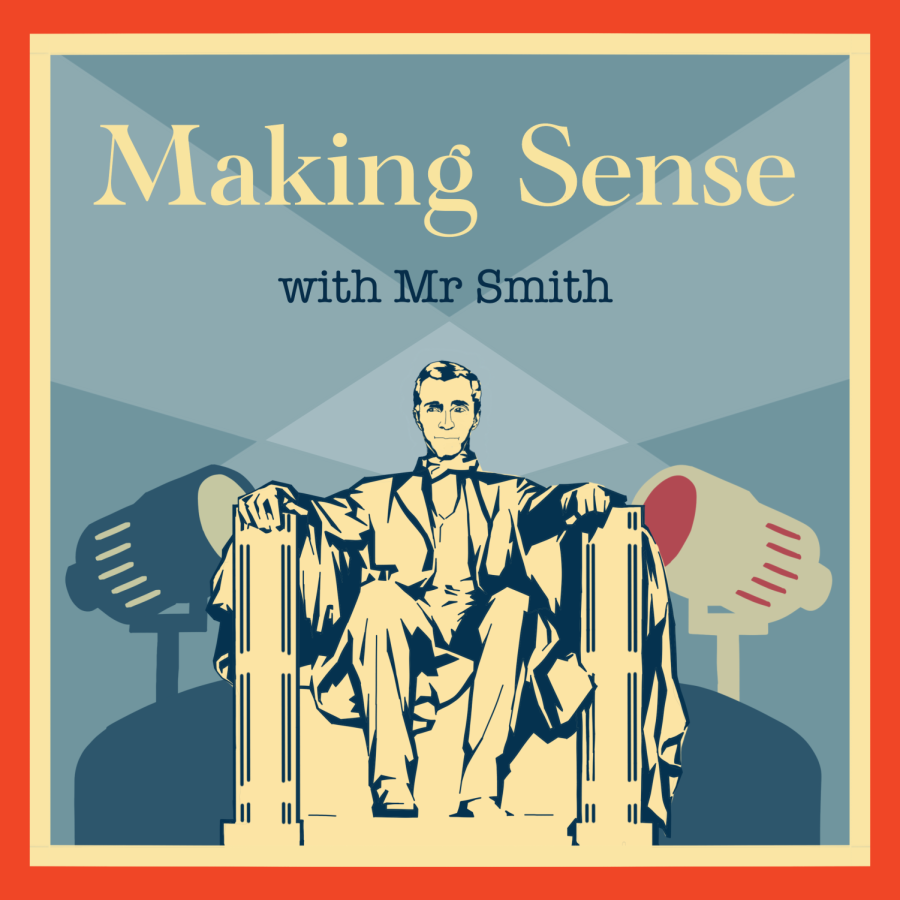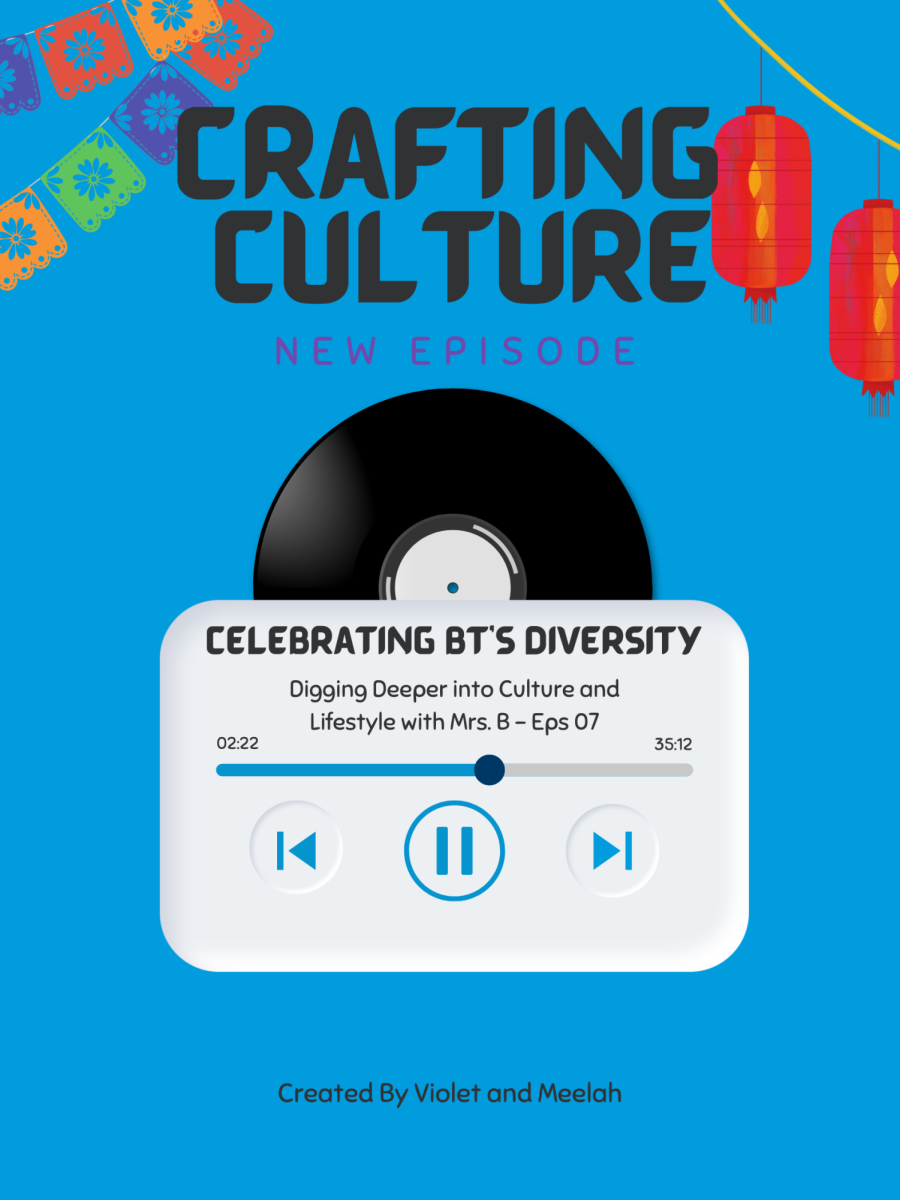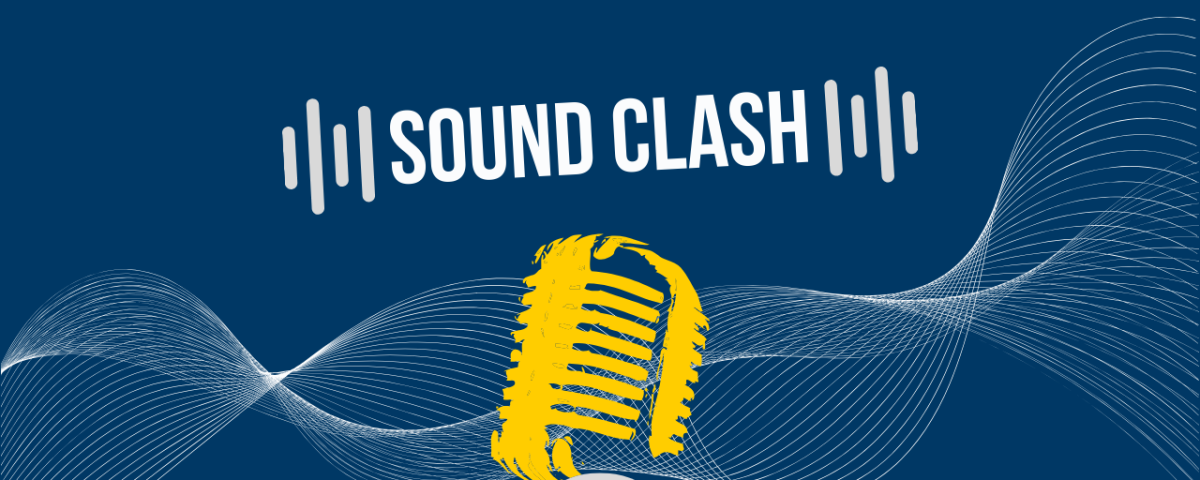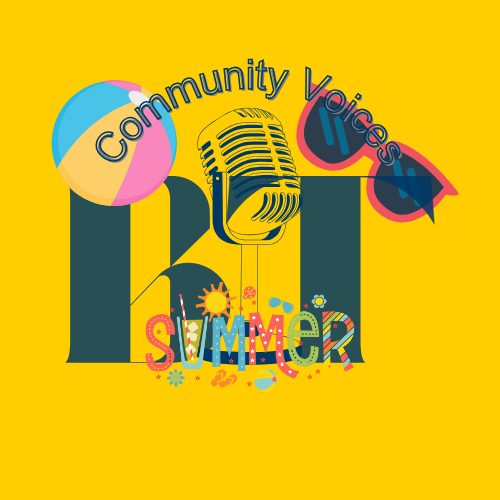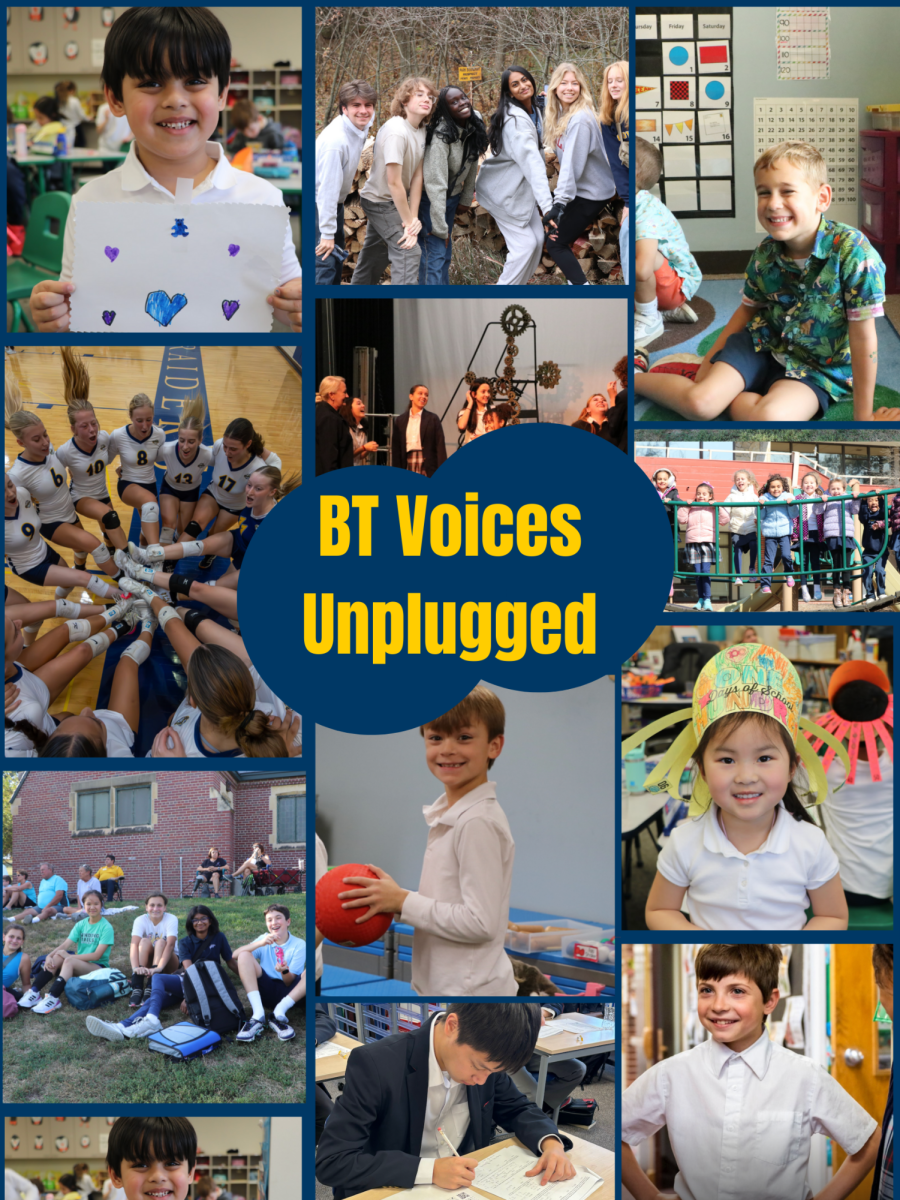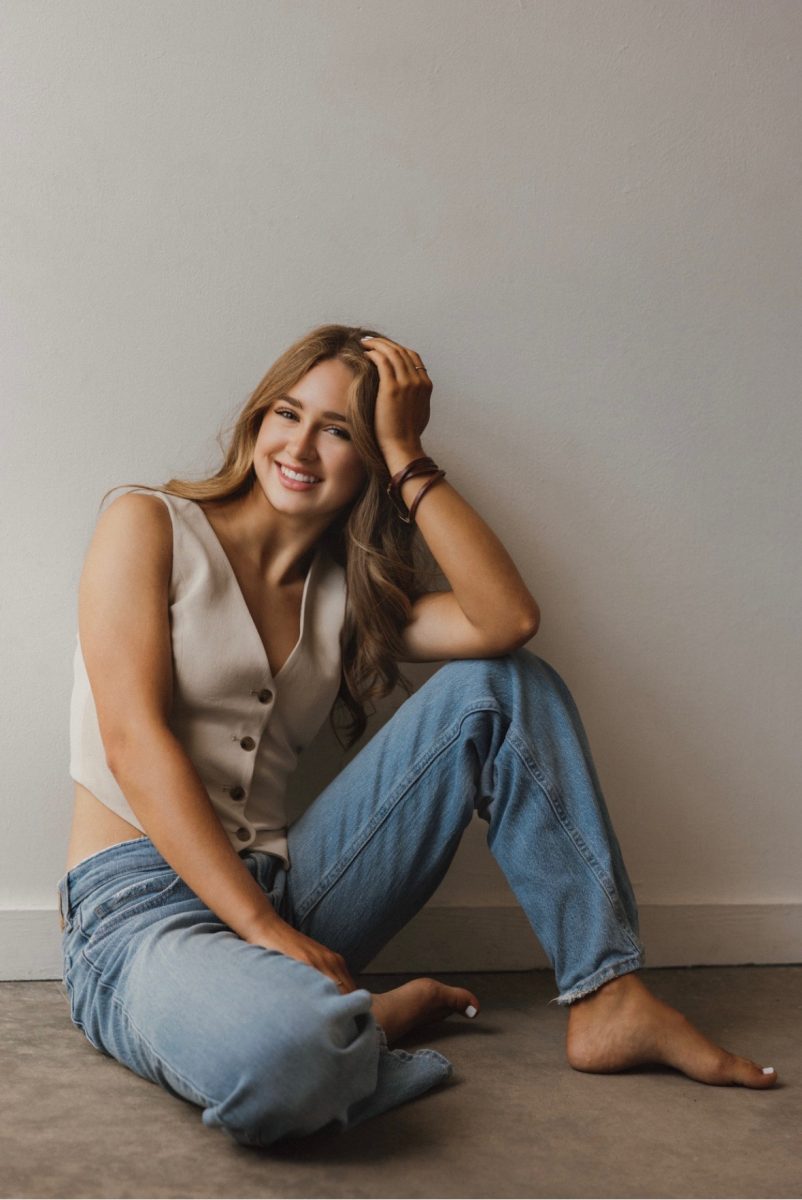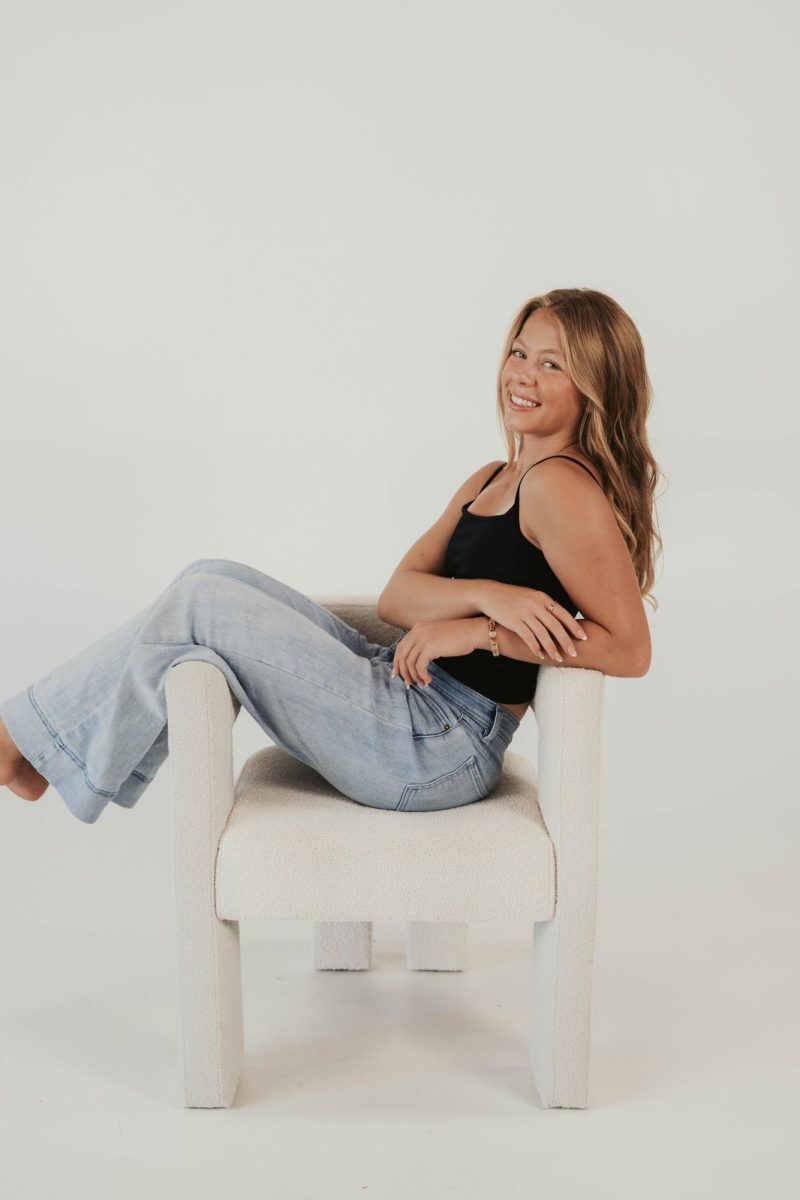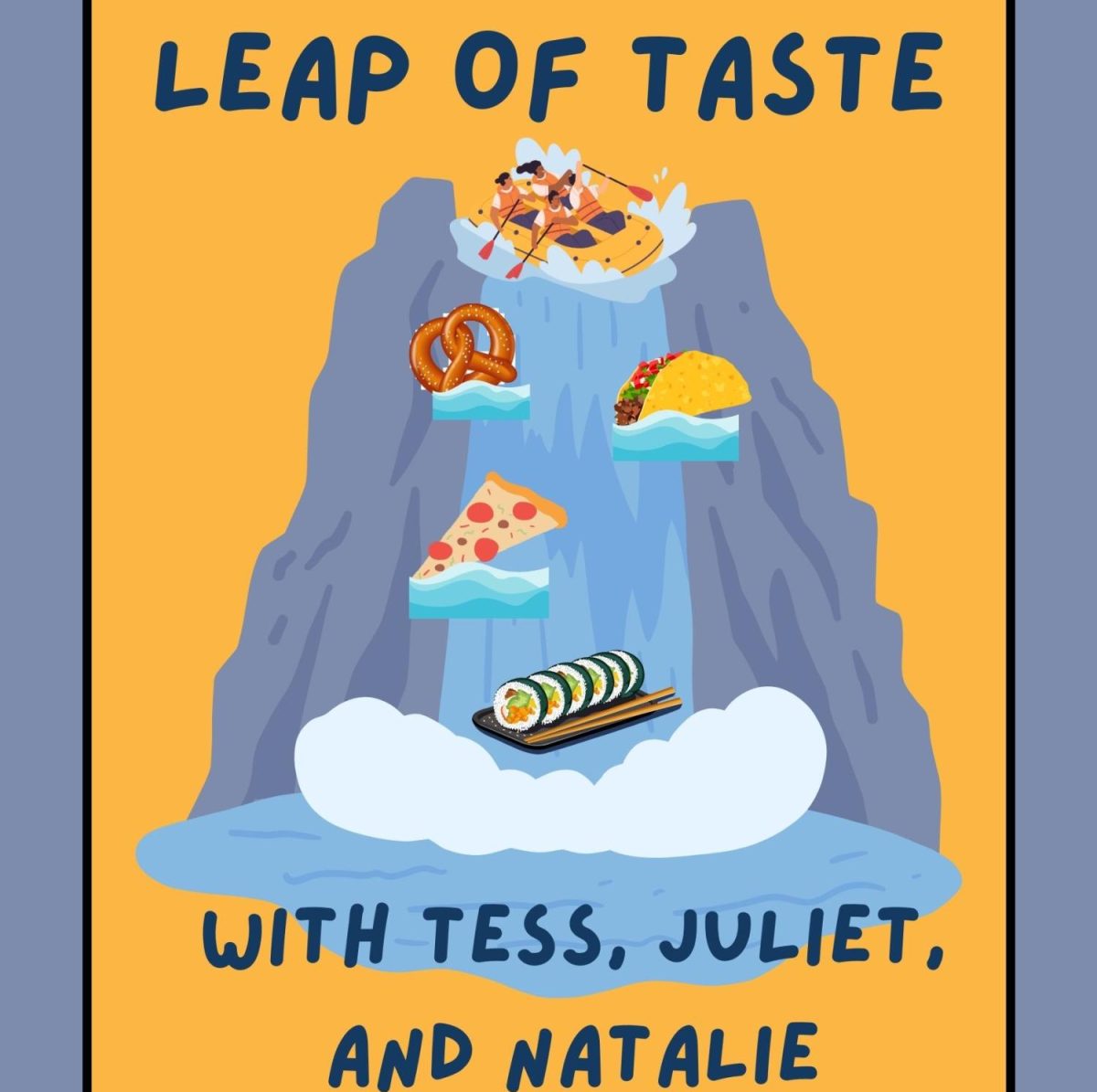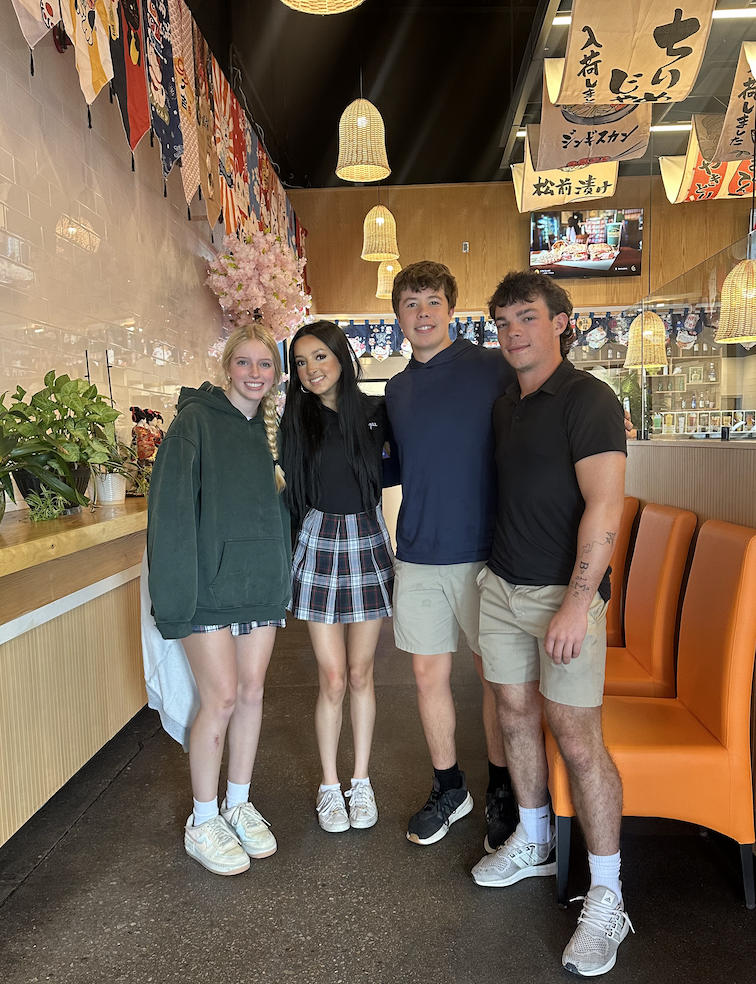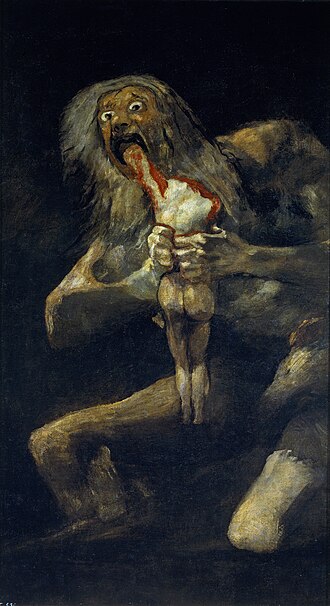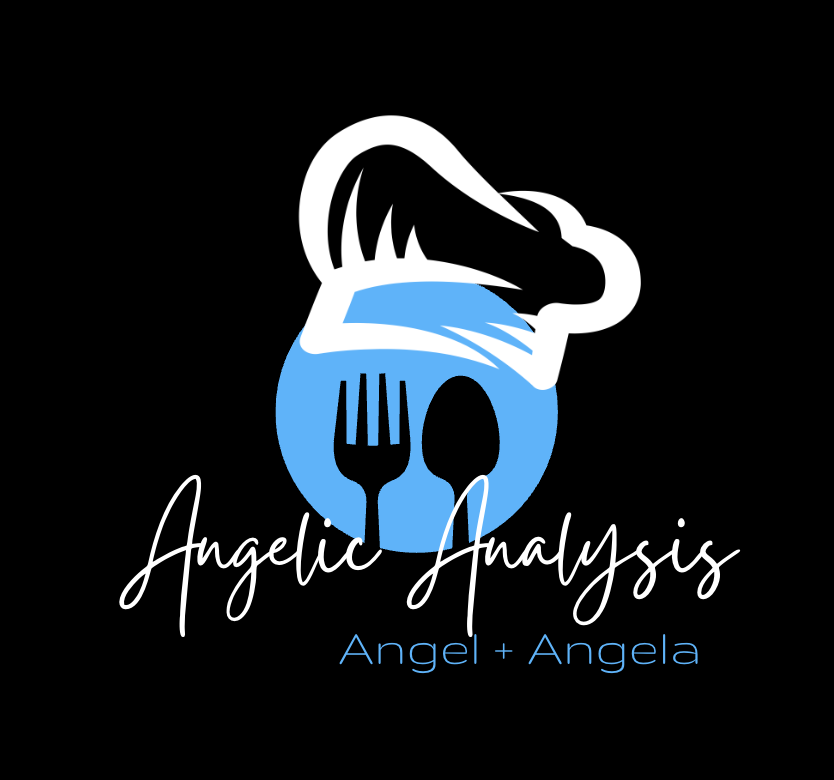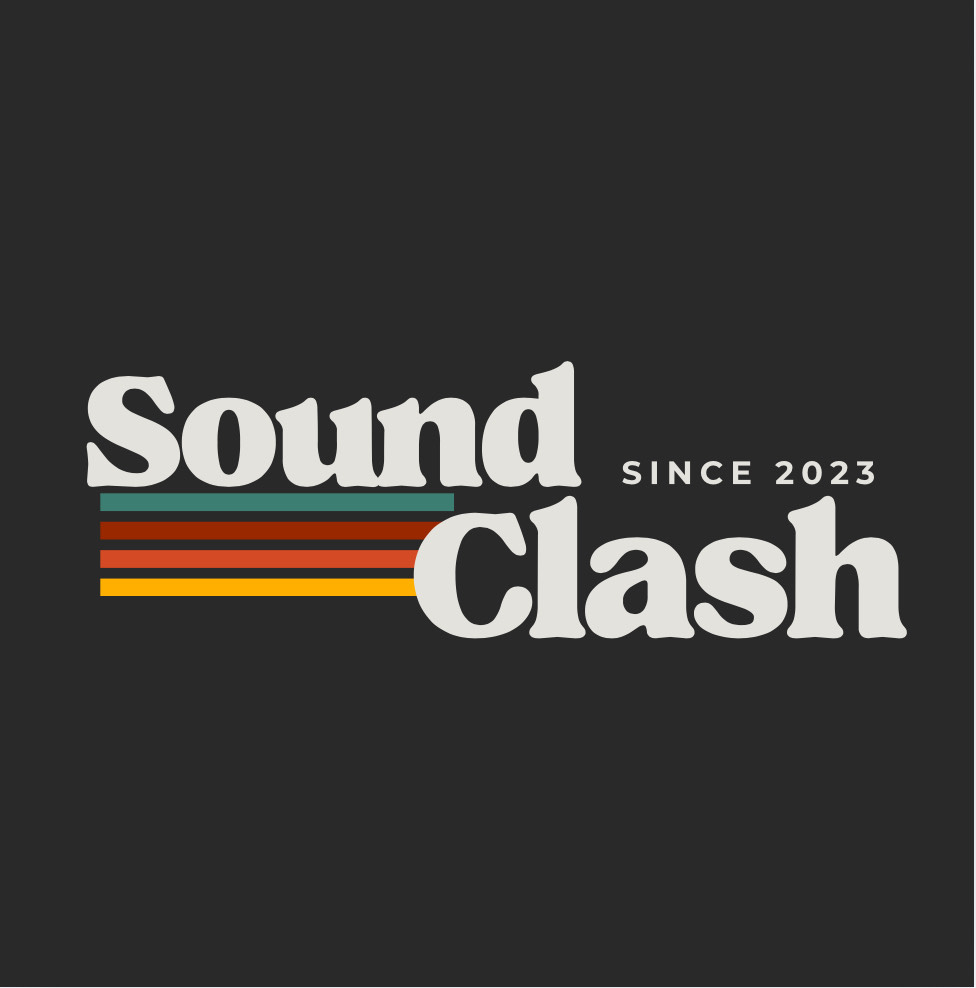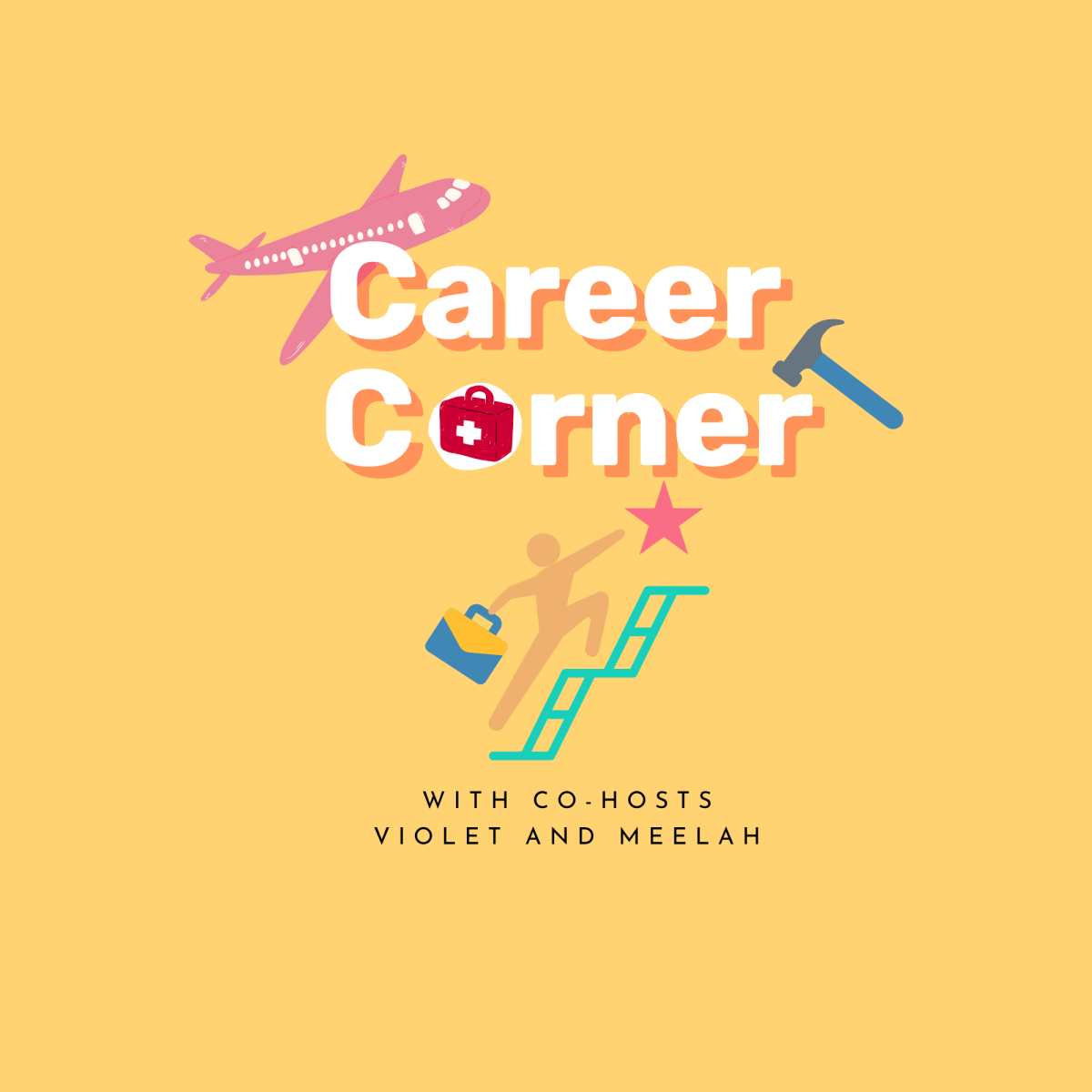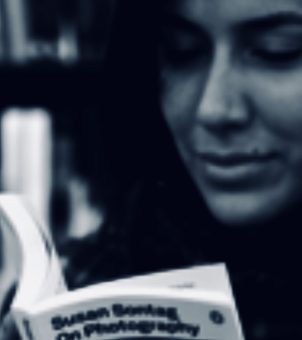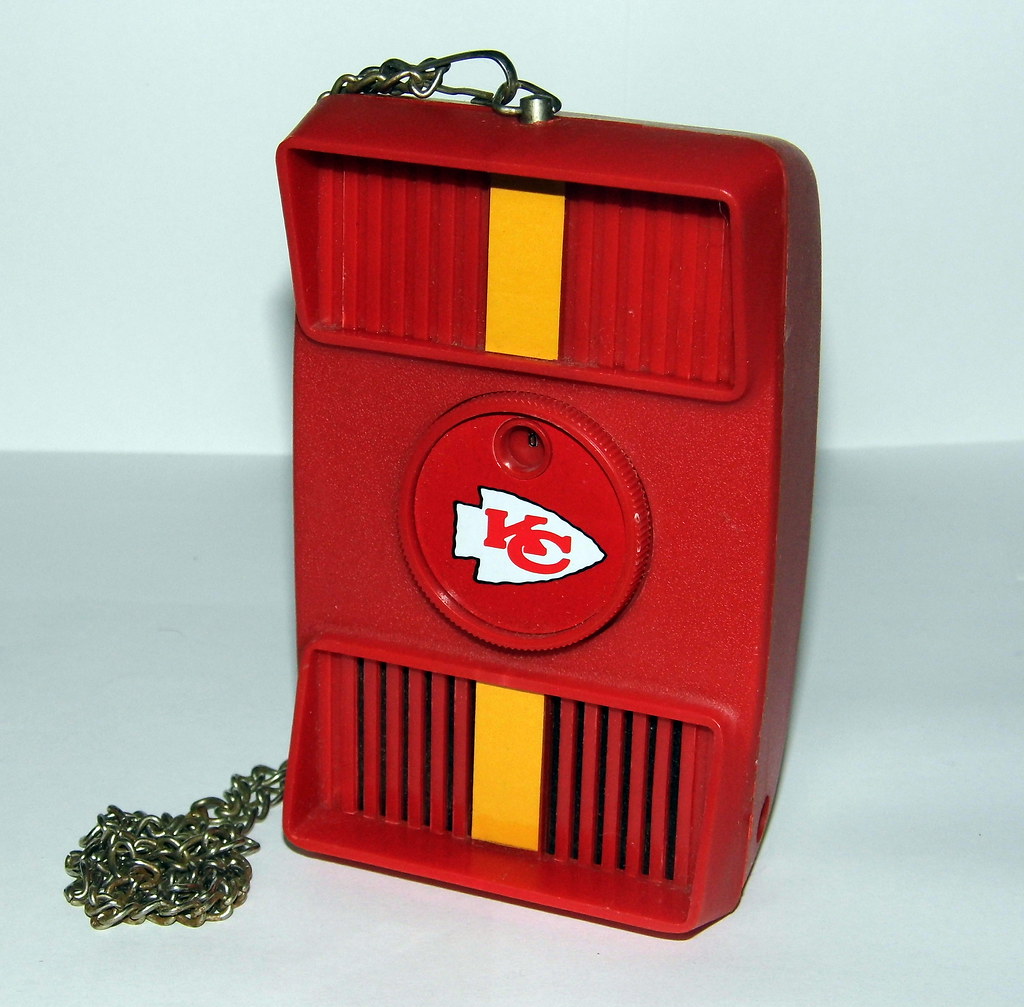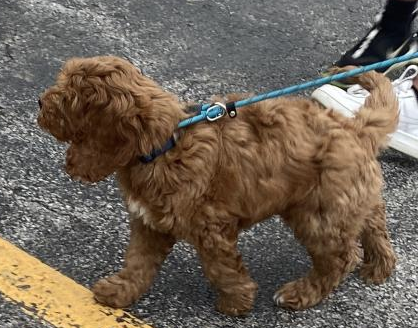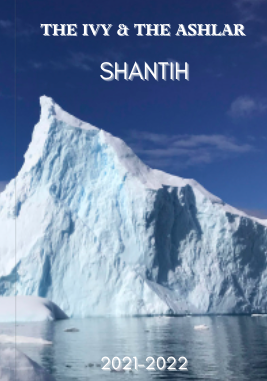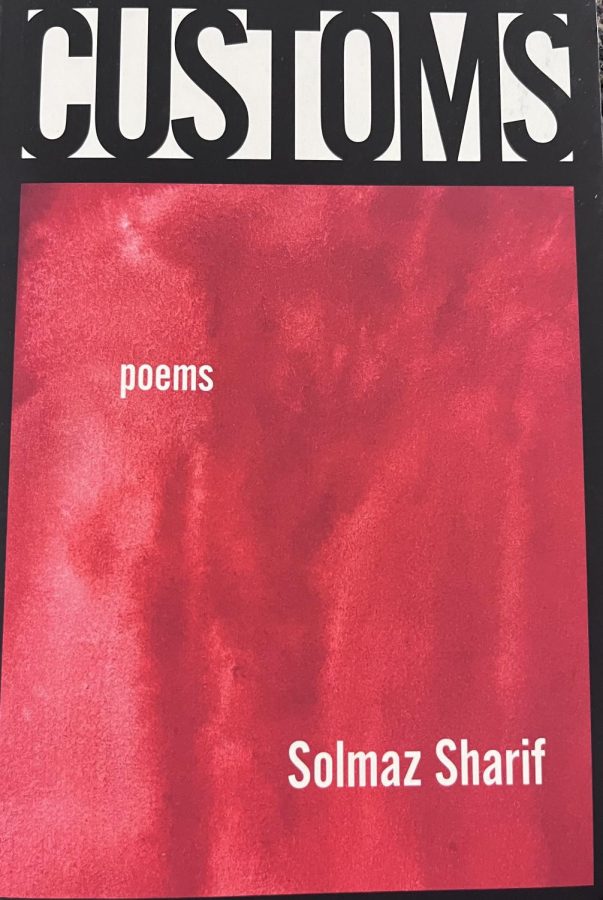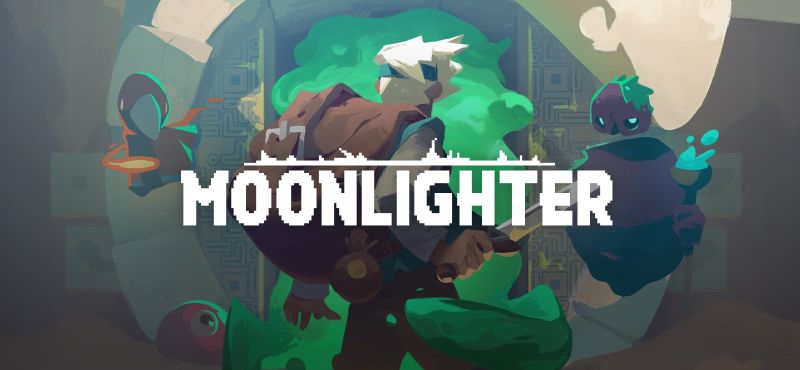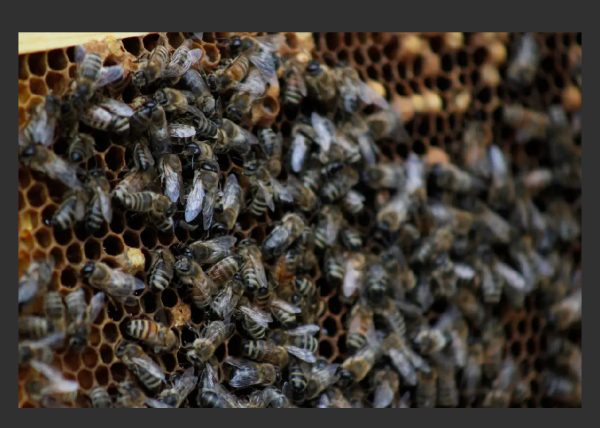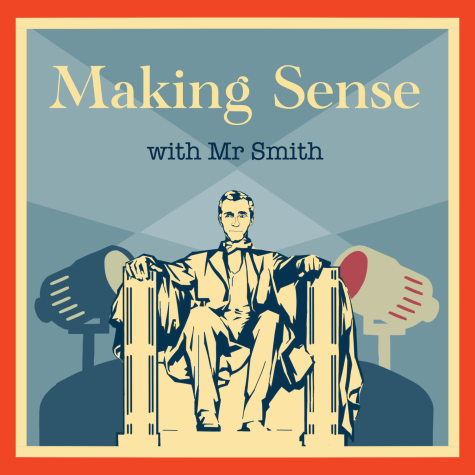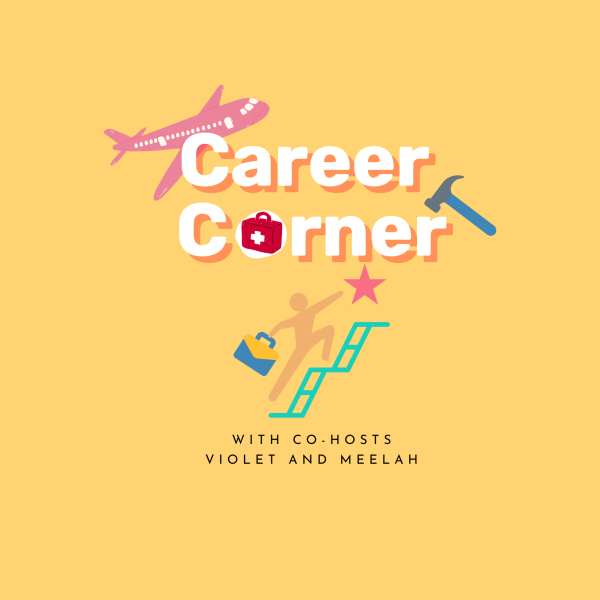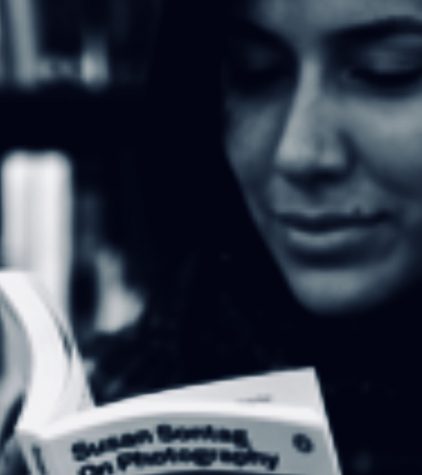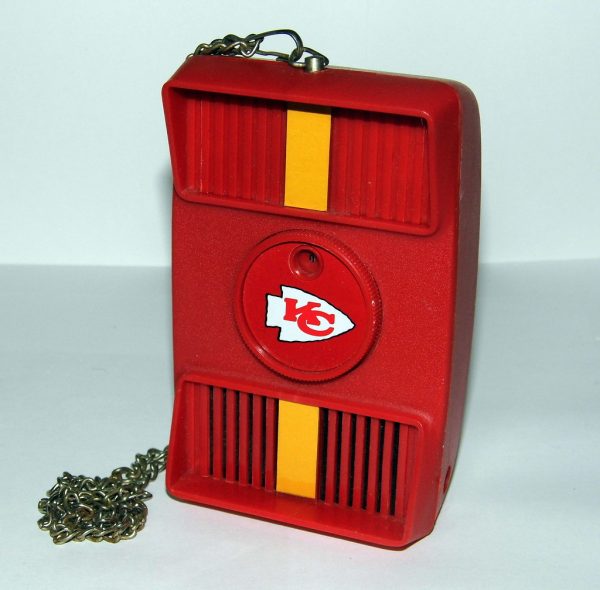The Future or the End of Art?
The first in a series of stories about the ways in which artificial intelligence is changing the way that media is created and consumed.
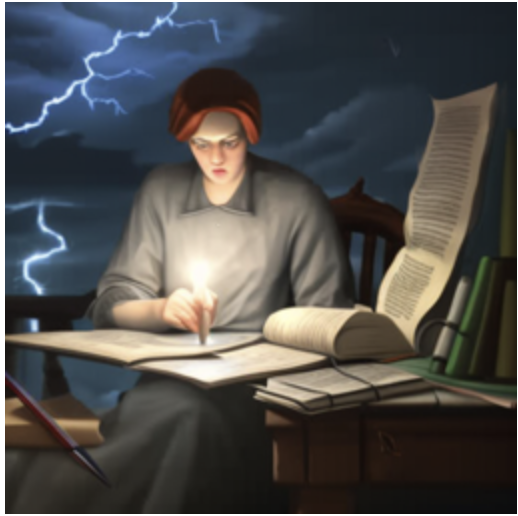
This image was generated using the prompt “Student writing a paper on a laptop in a haunted castle on a stormy night.”
On August 31, 2022, the Colorado State Fair made headlines by choosing which art piece would take home the blue ribbon. They gave the ribbon to Théâtre D’Opéra Spatial, or Space Opera Theatre. However, the work was unique in being made without a single brushstroke. The piece was the product of an Artificial Intelligence (AI) art program called Midjourney, where the user must fill out a prompt that the program then transforms into art. Understandably, artists were shocked and outraged that an AI artwork had entered and won an art competition. They were quick to call it unfair and not true to the existing digital art methods, since no artistic skill had actually been put into the piece. The argument of whether a work created by an AI could truly be considered art is a recent argument, but one that needs to be confronted quickly to protect artists worldwide.
One of the leading arguments against the rise of AI art is how it is threatening to take over the art industry. With a picture only a few prompts away, why would anyone commission an artist to draw a work when they could have their it done quicker and cheaper? Such a mindset is dangerous to the jobs of many artists that have put years into mastering their craft, only for a program to create a piece much quicker, albeit at the expense of getting a piece that might not’ve been exactly what the user asked for. This raises the question of why people would want to automate a process that is the result of creativity and human innovation in order to get a piece devoid of that. AI art has no imagination, relying on existing art to create a ‘new’ work, since it cannot think for itself. Since it cannot think of new ideas, the second argument against AI art is brought up: where does it get its ideas from?
The answer is simple: existing artists. AI programs like Midjourney rely on webscraping to gather existing artworks and feed them to the AI. Webscraping is controversial since many of the works scraped by AI are under copyright or made by artists that didn’t know they were webscraped. It has led to artists on sites like Instagram and Twitter privatizing or deleting their accounts in an effort to stop AI from scraping their works, impacting their business. While webscraping itself is legal, taking an artist’s works for a program without their knowledge or consent is not only unethical, but illegal as well. Getty Images even banned AI images from their repository since it was impossible to prove if an AI image had used a copyrighted work or not.
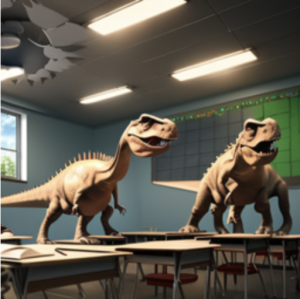
AI art is a disgrace to artists around the world, and should not be allowed to be considered on the same level as other pieces of art, since it is tainting the years of hard work that artists have done to hone their craft, as well as taking their works in order to make said blights on the art world. Instead of automating a process revered and cherished to humankind, AI should be used for jobs that don’t rely on unsuspecting people’s creativity and hard work, and leave artists alone to do what makes them happy.
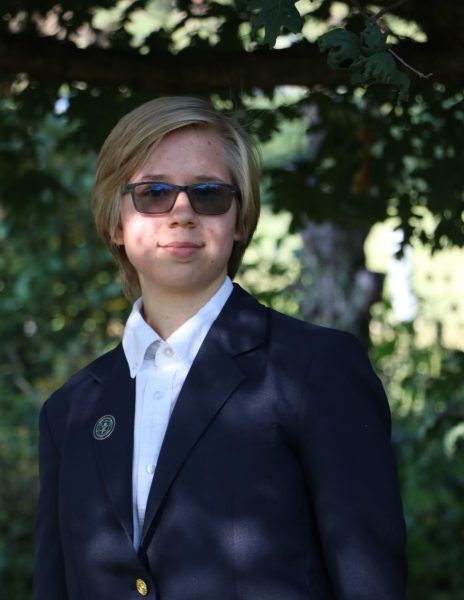
Fruzsina Roka is a senior who has been at Brownell Talbot for three years. She joined Verbatim three years ago, but has had a presence in several other...
